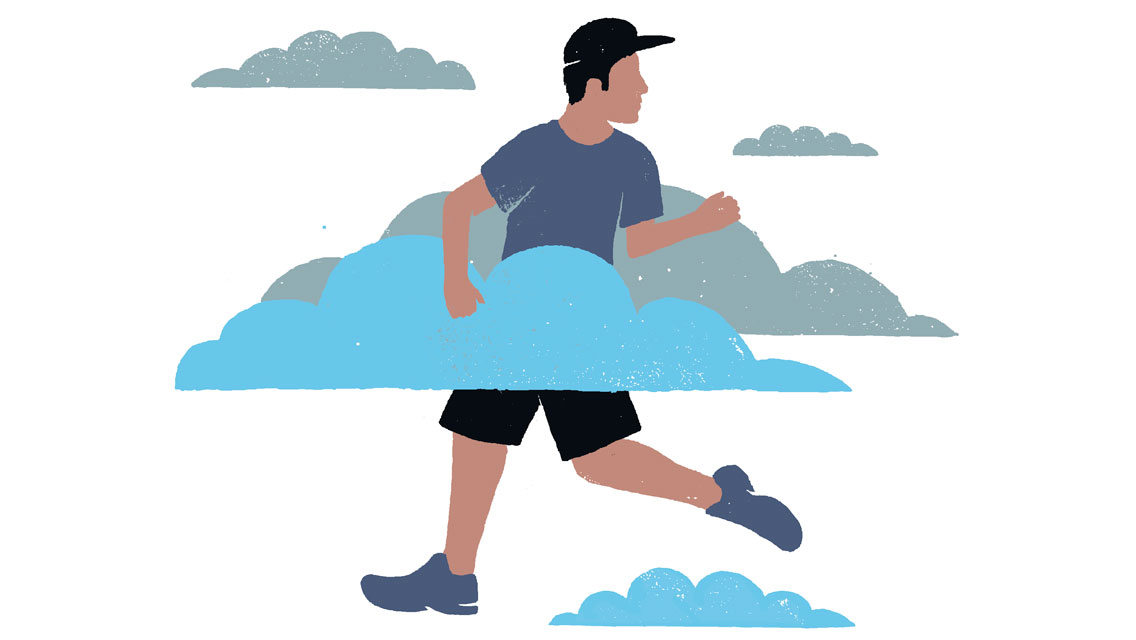High heels have long enjoyed popularity among fashionistas and office workers alike, but a new study suggests that those who wear them regularly may be sacrificing the health of their ankles — and more — for the stylish look.
As Gretchen Reynolds reports in the New York Times, researchers at Hanseo University in South Korea measured the muscle development and balance in a group of college students studying to be airline attendants who were required to wear high heels throughout their four-year program. They found that the ankle muscle strength shown by freshman just getting used to the shoes waned sharply by their senior year. The same was true when the women were tested for balance.
It’s no secret that high heels can affect one’s posture and gait. Reynolds cites a 2014 review of research that found that the shoes “alter the natural position of the foot-ankle complex, and thereby produce a chain reaction of (mostly negative) effects that travels up the lower limb at least as far as the spine.” But the Hanseo University study, published in the International Journal of Clinical Practice, is the first to explore the progression of these sometimes injurious effects.
According to study’s lead researcher Jee Yong-Seok, professor of exercise physiology, it’s all a matter of imbalance between the muscles surrounding the ankle that appears to worsen the longer you wear the shoes. These imbalances can actually lead to hamstring and upper leg injuries.
To ward off these more serious issues, Yong-Seok suggests exercising your ankles with simple heel lifts and heel drops. It also won’t hurt to remove your shoes when sitting at your desk to change the length of the ankle tendons and muscles.
See exercises for improving ankle strength and mobility here. Find a video demo for heel drops (calf stretch) in our “Contrast Training” workout.


This Post Has 0 Comments